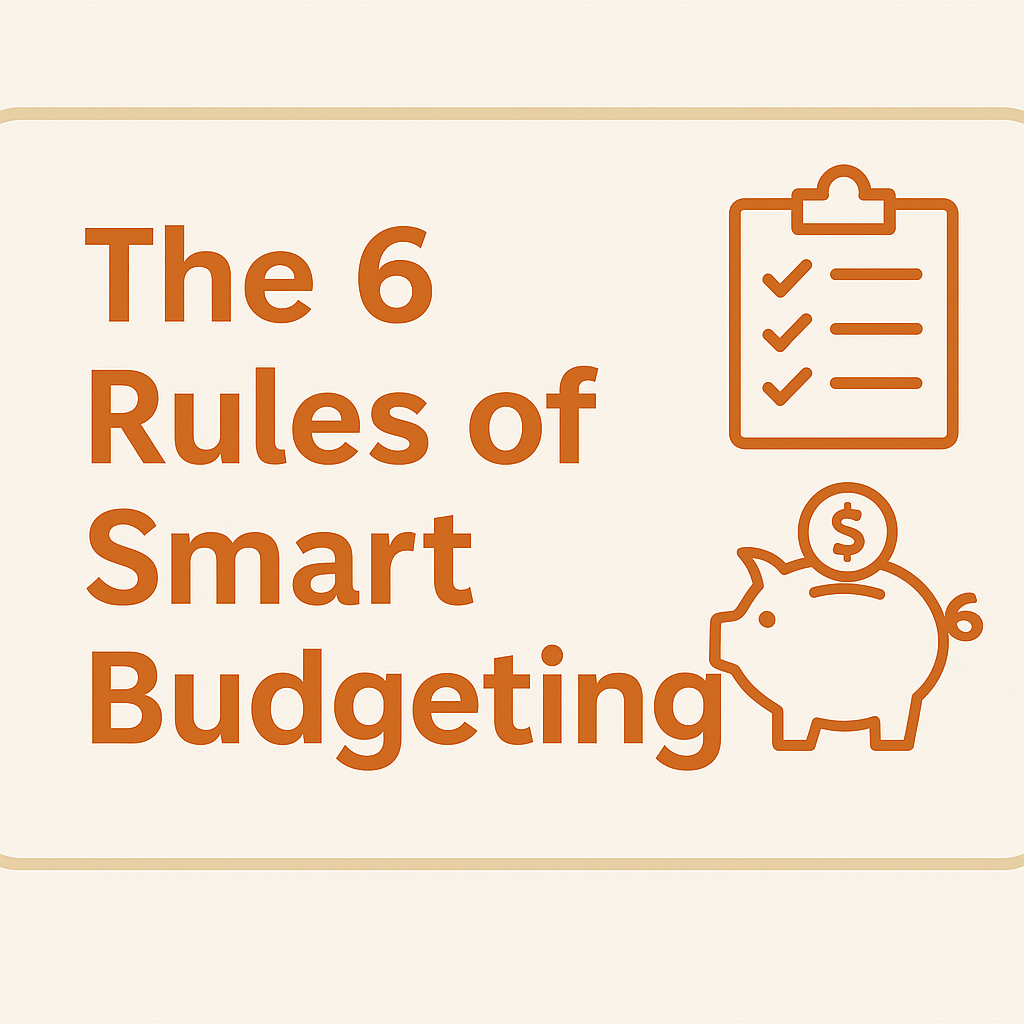
✅ 1. The 50/30/20 Rule: The Golden Framework
This rule is a simple way to allocate your after-tax income:
50% Needs – Rent, groceries, utilities, insurance
30% Wants – Dining out, entertainment, subscriptions
20% Savings & Debt Repayment – Emergency fund, retirement, credit cards
💡 Pro Tip: Use budgeting apps like YNAB, Mint, or EveryDollar to automate this rule and track your spending.
✅ 2. Pay Yourself First
Instead of saving what's left over, flip the script:
Automatically transfer 10–20% of your income to savings or investment accounts when you get paid.
Treat savings like a bill that you must pay no matter what.
This ensures your goals come first, not last.
✅ 3. Track Every Dollar
Even if you hate spreadsheets, this matters:
Write down every transaction (or use apps to track automatically).
Categorize your spending monthly to see patterns and leaks.
Awareness = power. You can't fix what you don't track.
You’ll be shocked how quickly the little purchases add up.
✅ 4. Eliminate High-Interest Debt Fast
Debt can eat your income and peace of mind:
Pay off high-interest debt like credit cards aggressively.
Consider the debt snowball method (smallest balance first) or debt avalanche (highest interest rate first).
💡 Why it works: You free up cash and avoid thousands in interest over time.
✅ 5. Create a Buffer with an Emergency Fund
Budgeting only works if you can handle surprises:
Aim for at least 3–6 months of expenses saved
Keep this fund separate from your everyday account
Avoid using credit cards for emergencies
This gives you breathing room if life throws a curveball.
✅ 6. Review & Adjust Monthly
Budgeting isn’t one-and-done. It’s a lifestyle:
Review your budget monthly to adjust for changes
Track progress toward your goals (debt-free, vacation, investments)
Celebrate small wins to stay motivated
Consistency over time is what leads to financial peace and prosperity.
🧠 Final Thought
Smart budgeting isn’t about living with less — it’s about controlling your money so you can do more with it. These six rules are designed to help you gain financial clarity, make smarter decisions, and build the kind of future you dream about. You’ve got the tools. Now it’s time to take control.
Recent posts


Blockchain Trends 2025: What’s ...
31 Mar 2025
Blockchain in the Headlines: What’s ...
31 Mar 2025
🔶 Generational Wealth: How to Make ...
6 May 2025




